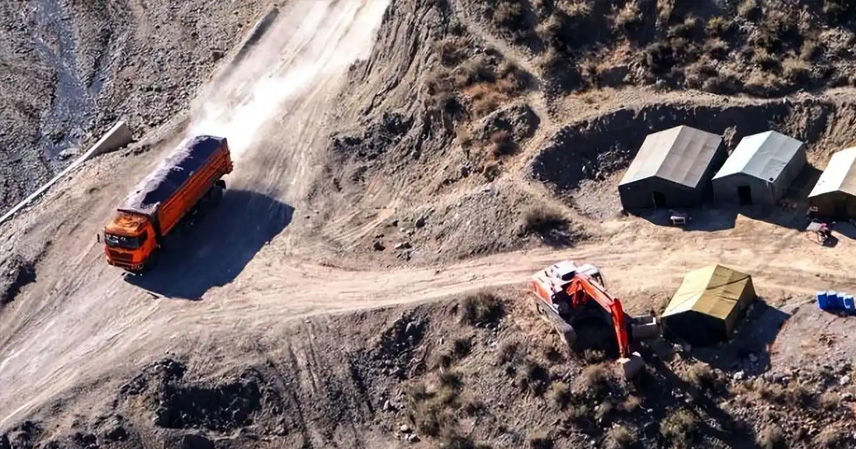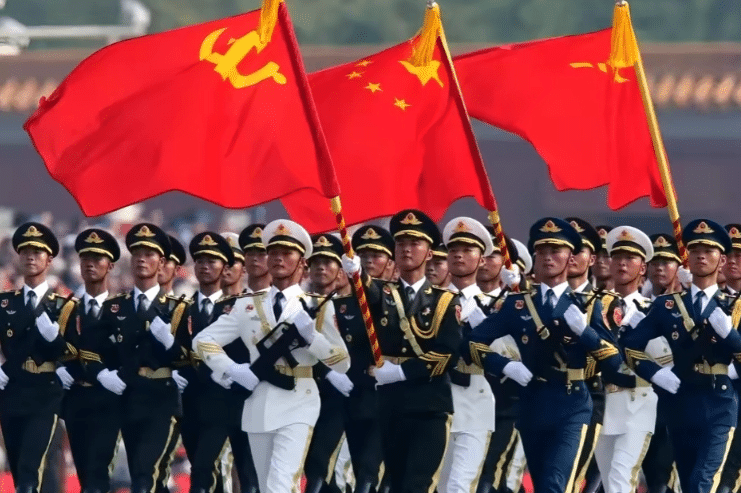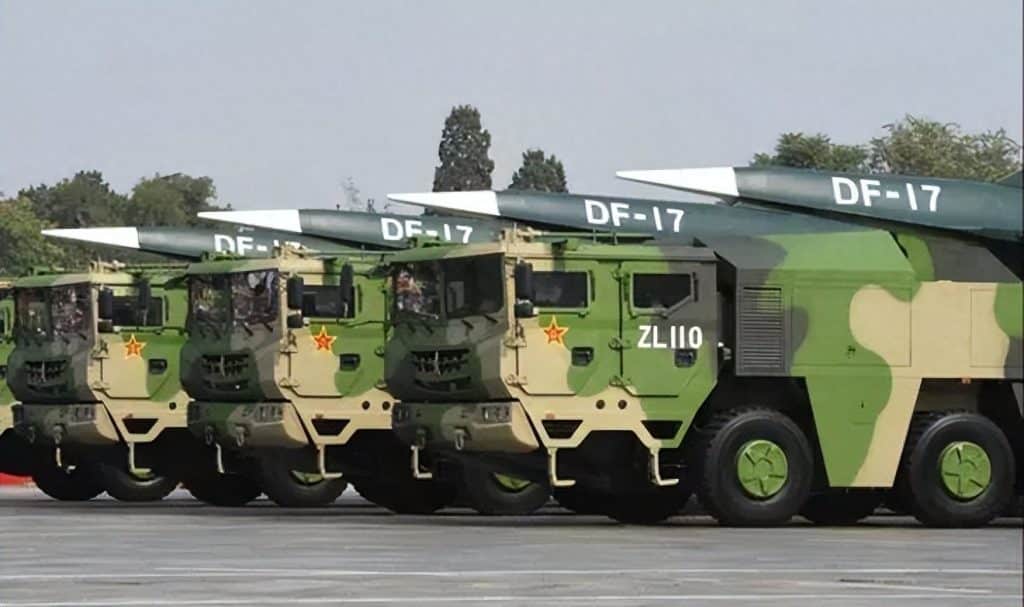Western Media Sound the Alarm
When China announced sweeping new controls over rare earth technologies, even Western outlets known for skepticism began to sound the alarm. On October 9, Germany’s Deutsche Welle reported that Beijing’s latest measures were “unprecedented in scale and scope,” warning they could inflict severe disruption on Western industry—especially the U.S. military sector.
Two aspects of China’s new strategy have left Washington and its allies deeply uneasy. First, Beijing’s control no longer stops at raw materials. It now extends across the entire value chain, including derived products and technical processes. Second, the new rules restrict not only exports but also technology transfers, personnel participation, and equipment sales—effectively sealing every possible backdoor.
A Tightened Noose Around the U.S. Military Supply Chain
For decades, the U.S. could bypass Chinese export limits by sourcing materials indirectly—importing rare earth products made elsewhere using Chinese technology. That loophole has now closed. Under the new regulations, any product containing Chinese-origin rare earths or produced with Chinese rare earth technology must receive Chinese export approval, no matter where it was manufactured.
This shift has sent shockwaves through the U.S. defense industry, where everything from F-35 fighter jets to Aegis destroyers depends on these critical materials. From radar magnets and missile guidance chips to engine coatings and battery components, almost every modern weapon system traces back to China’s rare earth ecosystem.
Executives at Lockheed Martin and other defense contractors have reportedly held emergency meetings as supply lines tighten. While some hoped to substitute local or allied suppliers, the reality is grim: the U.S. can only mine light rare earths, while heavy rare earths—vital for high-performance military applications—are almost entirely imported, and the refining know-how remains locked in China.
Even with massive funding, it would take the U.S. a decade or more to build a competitive domestic refining industry. “Alternative” extraction methods, such as algae-based rare earth recovery, remain stuck in laboratory stages and are nowhere near commercial viability.
A Total Technology Blockade
The second—and arguably more devastating—aspect of the policy is a comprehensive restriction on rare earth-related technologies. China now requires government approval for any overseas participation by Chinese entities in mining, refining, or equipment manufacturing. Even training a foreign engineer or selling a production line falls under scrutiny.
This measure effectively destroys Washington’s plan to “buy talent” or import Chinese expertise to build a domestic supply chain. Western efforts to replicate China’s precision separation and purification technologies have repeatedly failed.
Joint projects with Australia and Canada, heavily funded by the Pentagon, still produce low-purity, high-cost output—far below Chinese standards. Without access to advanced Chinese refining techniques, Western manufacturers simply cannot meet military-grade specifications.
To make matters worse, China’s rules also cover equipment and components used in rare earth processing. More than 80% of global refining machinery originates from China or relies on Chinese core technology. U.S. firms have tried to purchase secondhand equipment through intermediaries, but their reverse-engineering attempts have failed, producing unstable and imprecise results.
Western Responses: Too Little, Too Late
Japan has rushed to launch a “Rare Earth Recycling Initiative” to extract usable materials from scrap electronics and vehicles. Yet recovery rates are low and costs high, making it impossible to meet industrial demand anytime soon. The European Union has introduced subsidies to encourage R&D in refining technology, but innovation cycles are long, and breakthroughs are uncertain.
The United States finds itself in the most awkward position. Despite years of announcements to “end dependence on China,” its domestic mining projects remain paper plans, bogged down by environmental and technical barriers. Billions in funding have yielded little beyond pilot facilities with minimal output.
As Deutsche Welle admitted, “China has established a complete rare earth ecosystem—from mining and refining to equipment manufacturing and final applications. Such an advantage cannot be overturned in the short term.”
The new rules are not a simple “export ban,” but a precisely engineered control system: lenient for humanitarian and medical uses, yet strictly prohibitive for military and high-end semiconductor sectors. This dual structure demonstrates both strategic flexibility and firm national security resolve.
The Global Power Shift
This battle over rare earths is, at its core, a fight for industrial and technological dominance. For years, Washington wielded sanctions to suppress others’ industries. Now, in the one domain that underpins modern technology and defense, China holds the upper hand.
Beijing’s actions are not sudden aggression but a proportional response to U.S. sanctions against Chinese firms. While Washington continues to expand its entity lists, China has already risen up the value chain, building an ecosystem that the West cannot easily replicate or isolate.
The rising anxiety in Western media is the clearest evidence yet: China’s rare earth controls have hit their mark. Together, these dual restrictions—on both materials and technology—form a powerful one-two punch that leaves America’s military-industrial complex short of critical resources.
The world is now watching as the U.S., long accustomed to dictating supply chains, must confront the reality that it no longer controls the most strategic one of all.
References
- Deutsche Welle, “China’s Rare Earth Tech Restrictions Raise Global Alarm,” Oct 9, 2025
- NetEase News, “Western Media Shocked by China’s Strong Rare Earth Countermeasures,” Oct 9, 2025



